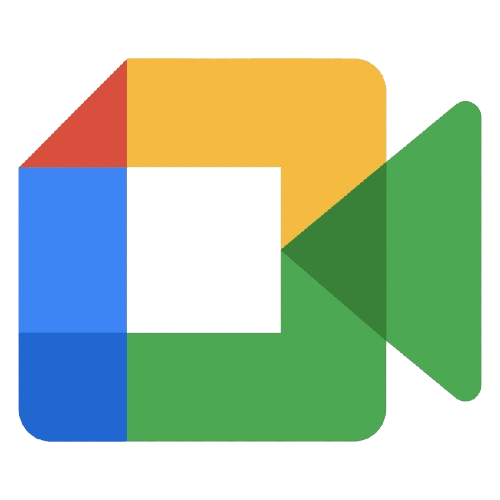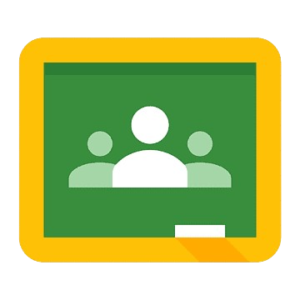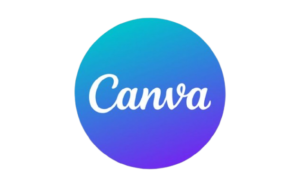
What is Online Tutoring?
Online tutoring involves providing educational instruction or academic assistance to students over the internet. This niche allows educators, subject matter experts, or skilled professionals to teach various subjects, skills, or test preparations through virtual platforms.
Key Features of the Online Tutoring Niche:
Flexible Learning: Sessions are conducted via video calls, chat, or pre-recorded lessons.
Diverse Subjects: Covers academic subjects (math, science, languages), professional skills (coding, graphic design), or exam prep (SAT, GRE).
Global Reach: Tutors can teach students from anywhere in the world.
Personalized Learning: Tailored sessions meet individual learning needs.
This niche is growing rapidly due to the demand for accessible, quality education, which allows tutors to work from home while earning a steady income.
Initials: The online tutoring niche does not require an initial investment, as you can start by leveraging your existing knowledge and free online platforms to connect with students.
How Much Can You Earn with Online Tutoring Annually?
Earnings in the online tutoring niche vary based on expertise, subjects taught, and the number of students. Here’s an overview:
Beginner (0-2 Years)
Estimated Earnings: $10,000 – $30,000 per year.
How: Freelance tutoring on platforms like TutorMe, Chegg, or Wyzant with limited sessions.
Intermediate (2-5 Years)
Estimated Earnings: $30,000 – $75,000 per year.
How: Regular sessions, niche expertise, private tutoring, and creating structured courses on platforms like Udemy or Teachable.
Expert (5+ Years)
Estimated Earnings: $75,000 – $150,000+ per year.
How: High demand for specialized subjects, premium pricing for exam prep, and scaling through group classes or subscription-based services.

Commonly Used Software by Online Tutors
Here are commonly used software options by Online Tutors:
Google Meet (For Virtual Meetings)
Purpose: Conduct live tutoring sessions with screen sharing, breakout rooms, and recording options.
Why Use It: Reliable and versatile for one-on-one or group lessons.

Google Classroom (For Classroom Management)
Purpose: Organize course materials, assign tasks, and communicate with students.
Why Use It: Streamlines teaching with easy-to-use collaboration tools.

Kahoot! (For Interactive Learning)
Purpose: Create quizzes, games, and polls to make learning fun and engaging.
Why Use It: Enhances student participation and retention.

Canva (For Presentation and Design)
Purpose: Design engaging presentations, worksheets, and educational content.
Why Use It: Ideal for creating visually appealing learning materials.

Loom (For Video Creation)
Purpose: Record and share pre-recorded lessons or tutorials.
Why Use It: Perfect for asynchronous learning and creating detailed explanations.

Essential Physical Equipment for Online Tutoring
Here is a list of basic and additional physical tools needed for Online Tutoring:
Basic Equipment (Must-Have)
Computer/Laptop
Purpose: Run tutoring software, manage lesson plans, and communicate with students.
Popular Choices: Apple MacBook Pro, Dell Latitude 3550 Business Laptop
High-Speed Internet Connection
Purpose: Ensure smooth video calls, file sharing, and uninterrupted lessons.
Popular Choices: Google Wifi
Webcam
Purpose: For clear video during lessons. A good-quality webcam improves interaction.
Popular Options: Logitech C920
Microphone
Purpose: Ensure clear communication with minimal background noise.
Popular Choices: HyperX SoloCast, HyperX QuadCast S – RGB USB Condenser
Digital Writing Pad
Purpose: Draw diagrams or write notes digitally during lessons.
Popular Options: Wacom Intuos.
Ergonomic Furniture
Purpose: Offers comfort during long work hours, boosting productivity and preventing strain.
Popular Choices: Marsail Ergonomic Office Chair, ErGear Height Adjustable Electric Standing Desk
Additional Equipment (Nice-to-Have):
Ring Light
Purpose: Enhances lighting for evenly lit, professional-quality content.
Popular Choices: UBeesize 12
External Monitor
Purpose: Expand screen space for multitasking (lesson materials, student work, etc.).
Popular Choices: Samsung 34′ Odyssey, LG UltraFine
Backdrop/Green Screen
Purpose: Create a professional and distraction-free background.
Popular Options: Elgato Green Screen or Neewer Backdrop.
As an Amazon Associate, I earn from qualifying purchases.
Learn Online Tutoring Platforms
YouTube Tutorial: 28 PLATFORMS FOR TEACHING ONLINE → ESL, Tutoring, Group Classes → Income, Requirements, & Schedule
Quick Tips for Success in Online Tutoring
Master Your Subject: Be confident in your expertise and stay updated on your subject area.
Professional Setup: Use a reliable internet connection, good lighting, and a quality microphone and camera.
Engage Actively: Use interactive tools like whiteboards, slides, or quizzes to make lessons dynamic.
Clear Communication: Speak clearly and adapt your pace to suit the student’s understanding.
Personalize Learning: Tailor your approach based on the student’s needs and learning style.
Set Clear Goals: Outline objectives and milestones to track progress.
Stay Organized: Use calendars and tools to schedule and manage sessions efficiently.
Be Patient and Encouraging: Foster a supportive learning environment to build confidence.
Market Yourself: Maintain an appealing profile on tutoring platforms with good reviews and testimonials.
Continuous Learning: Invest in improving your teaching skills and staying tech-savvy.
